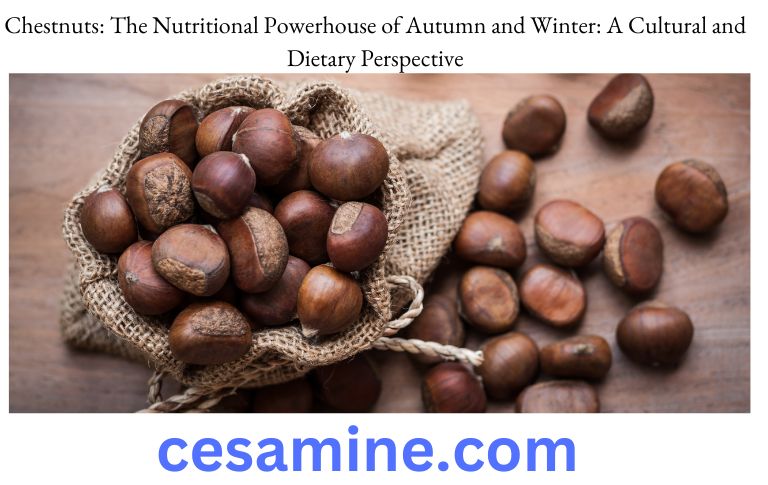Chestnut consumption throughout the fall and winter is a true fact of the Italian cultural context, particularly in regions that are sufficiently ” stiff ” from a climatic perspective. Can chestnuts be eaten when on a diet? is a question that tends to split them nutritionally if they are supplemented by ancient roots in the European environment.
The history of the chestnut tree, which produces these ductile nuts,
Autumnal fruits, while lost in folklore, were probably produced by one of the first trees that people were aware of.
It is a sort of fruit that is “not dried” since what we eat is much more like the fruit itself than a nut and contains many minerals salts in addition to proteins, complex carbs, and folate, which is crucial for cell growth.

Despite having a high nutritional power and being effective as snacks and satiety reducers, they are often seen as being fatty.
This is true in part because cooking methods for chestnuts vary greatly in this regard; for example, fresh chestnuts have a caloric intake of about 100 kcal, cooked ones have a caloric intake of 120 kcal, roasted ones have a caloric intake of about 190 kcal, and dried ones have a caloric intake of 300 kcal.
So, if we are on a low-calorie diet, roasted nuts are essentially “forbidden,” but raw and dry nuts may be ingested in reasonable quantities (4-5 per day), possibly as a last supper or snack.
The glycemic index is likewise similar to other fruit, ranging around 60, making it more comparable to dried fruit than other types of fruit.
On the other hand, chestnut flour is fairly helpful to limit calorie consumption while making sweets; in fact, it is a good base in this respect.